Sourav Pan
Transcript
Hey everyone! Today we’re diving into the fascinating world of Chlorophyta, commonly known as green algae. These remarkable organisms are like the plants of the aquatic world.
Let’s start by looking at what these organisms actually look like under a microscope. Here we can see the characteristic needle-shaped green algae cells with their translucent bodies and visible internal structures.
The key defining feature of Chlorophyta is their green color, which comes from chlorophyll pigments – specifically chlorophyll a and chlorophyll b. These are the same pigments that make plants green!
Chlorophyta are photosynthetic organisms, which means they can convert sunlight into chemical energy through photosynthesis. Just like plants, they take in carbon dioxide and water, and produce oxygen and sugars.
Green algae come in many different forms and shapes. Some are single-celled, others form colonies, and some create complex multicellular structures. This diversity makes them incredibly successful in aquatic environments.
You can find Chlorophyta thriving in freshwater lakes, ponds, and streams, as well as in marine environments. Sometimes they grow so abundantly that they create green carpets on the water surface, like in this pond.
Here’s your key takeaway: Chlorophyta are green, plant-like organisms that live mainly in water. They use photosynthesis to convert sunlight into energy, making them essential primary producers in aquatic ecosystems.
Chlorophyta, or green algae, are incredibly adaptable organisms that have colonized almost every environment on Earth where there is moisture and light.
These remarkable organisms are not picky about where they live. Their adaptability has allowed them to thrive in three main types of environments.
Most green algae live in freshwater environments. You can find them coating rocks in streams, floating in ponds, and forming green films on the surface of lakes and wetlands.
Green algae also thrive in marine environments. They form underwater meadows in coastal waters, contribute to coral reef ecosystems, and can even be found floating in the open ocean.
Surprisingly, many green algae have adapted to life on land. They grow on tree bark, in soil, on rocks, and even on the sides of buildings wherever there is enough moisture.
Under the microscope, we can see the diverse forms these algae take – from long filamentous chains to individual unicellular organisms, all adapted to their specific environments.
The key takeaway is that Chlorophyta are remarkably adaptable organisms that have successfully colonized diverse environments across our planet, from the depths of oceans to the surface of soil.
Green algae, or Chlorophyta, display an amazing variety of structural forms. Think of it as nature’s architectural showcase – from simple single cells to complex multicellular organisms.
Let’s start with the simplest form: unicellular green algae. These are single-celled organisms that live independently, each cell functioning as a complete organism.
Next, we have multicellular forms. These algae are made up of many cells working together, similar to how our bodies are made of many different cells with specialized functions.
Colonial forms are fascinating – they’re like communities of cells that live together but maintain some independence. Think of them as cellular neighborhoods where each cell can survive on its own but benefits from being part of the group.
Finally, we have coenocytic forms – these are truly unique. Imagine a giant cell with multiple nuclei inside, like a large apartment with many residents but no internal walls separating them.
This incredible diversity shows us that green algae have evolved many different ways to organize their cells and live successfully in various environments. From simple single cells to complex multicellular organisms, they truly represent a spectrum of life forms.
Inside Chlorophyta cells, we find specialized structures that make photosynthesis possible. These cellular components work together like a well-organized factory to convert sunlight into energy.
Let’s examine a typical Chlorophyta cell and identify its key components. Notice how this cell structure looks familiar – it shares many features with plant cells you might recognize.
The most important organelle for photosynthesis is the chloroplast. These membrane-bound structures contain all the machinery needed to capture sunlight and convert it into chemical energy.
Thylakoids are the internal membranes where photosynthesis actually happens. These flattened sacs contain chlorophyll and other pigments that capture light energy. They’re often stacked together in structures called grana.
Here’s what a real chloroplast looks like under a microscope. You can clearly see the green thylakoids surrounded by the lighter stroma, just like in our diagram.
Chlorophyta cells store their food as starch, just like plants do. This starch is produced during photosynthesis and stored in special structures called pyrenoids within the chloroplasts.
These cellular components work together seamlessly. The nucleus controls the cell, chloroplasts capture light and make food, and starch provides energy storage. This efficient system makes Chlorophyta excellent photosynthetic organisms.
Chlorophyta cell walls have a fascinating structure that’s both similar to and different from plant cell walls. Understanding their composition helps us appreciate how these green algae maintain their shape and protect their cellular contents.
The primary component of most Chlorophyta cell walls is cellulose, the same material found in plant cell walls. Cellulose is a complex carbohydrate made up of long chains of glucose molecules linked together.
These cellulose molecules are organized into microfibrils, which bundle together to form the structural framework of the cell wall. This hierarchical organization gives the cell wall both strength and flexibility.
However, not all Chlorophyta have cellulose cell walls. Some species use alternative materials like xylans or mannans instead of cellulose. These are also complex carbohydrates but with different molecular structures.
There’s also a special group called the Volvocales order, where some algae have cell walls made of glycoproteins instead of carbohydrates. Glycoproteins are molecules that combine proteins with carbohydrate groups.
To summarize, Chlorophyta cell walls are typically made of cellulose, just like plant cell walls. However, the diversity of these organisms means some species have evolved different solutions, using xylans, mannans, or even glycoproteins for their cell wall construction.
Chlorophyta have mastered the art of making copies of themselves through asexual reproduction. This means they can create new organisms without needing a partner – just like making photocopies!
The first method is fission, where a single cell simply splits into two identical cells. It’s like cutting a cookie in half and getting two complete cookies!
The second method is budding, where a small bud grows from the parent organism and eventually breaks off to become independent. Think of it like a plant growing a new branch that becomes its own plant!
Fragmentation is like breaking a chocolate bar – each piece can grow into a complete new organism. When algae break apart, each fragment has the ability to regenerate into a full organism.
Finally, zoospores are like tiny swimming seeds. These motile spores can swim away from the parent using flagella and settle in new locations to grow into new organisms.
Remember, asexual reproduction allows Chlorophyta to quickly multiply and colonize new environments. Each method – fission, budding, fragmentation, and zoospores – gives these green algae different strategies for survival and growth.
Sexual reproduction in Chlorophyta is fascinating and diverse. These green algae have evolved three distinct strategies for sexual reproduction, each with unique characteristics.
The first type is isogamous reproduction. In isogamy, both gametes are motile and exactly the same size. They look identical and both can swim using flagella.
The second type is anisogamous reproduction. Here, both gametes are still motile with flagella, but they differ in size. One gamete is larger than the other, showing the beginning of sexual differentiation.
The third type is oogamous reproduction, which shows complete sexual differentiation. The female gamete, called an egg, is large and non-motile. The male gamete, or sperm, is small and highly motile with flagella.
Many Chlorophyta have complex life cycles with alternating haploid and diploid phases. Let’s look at Chlamydomonas as an example, which can reproduce both sexually and asexually depending on environmental conditions.
This alternation between haploid and diploid phases is common in many Chlorophyta species. The haploid phase produces gametes, while the diploid phase undergoes meiosis to restart the cycle.
To summarize, Chlorophyta demonstrate remarkable diversity in sexual reproduction through three main strategies: isogamy, anisogamy, and oogamy, often combined with complex life cycles alternating between haploid and diploid phases.
Primary producers are the foundation of all ecosystems. They capture energy from the sun and convert it into food that powers entire food webs. In aquatic environments, Chlorophyta green algae are among the most important primary producers.
Chlorophyta are photosynthetic organisms that use sunlight, carbon dioxide, and water to produce glucose and oxygen. This process, called photosynthesis, is the foundation of life on Earth.
Now let’s see how this energy flows through aquatic ecosystems. Chlorophyta form the base of the food web, supporting all other life in aquatic environments.
Here’s a microscopic view of Chlorophyta. These tiny organisms may look simple, but they’re incredibly efficient at capturing sunlight and converting it into energy that feeds entire ecosystems.
In natural aquatic environments, Chlorophyta create lush underwater forests. These green algae communities produce the oxygen we breathe and the food that supports countless marine species.
Without Chlorophyta and other primary producers, aquatic ecosystems would collapse. They convert about one billion tons of carbon annually, making them essential for life on Earth.
The key takeaway is clear: Chlorophyta are vital primary producers that form the foundation of aquatic food webs. They convert sunlight into chemical energy, supporting all life in aquatic ecosystems.
Chlorophyta play crucial ecological roles that extend far beyond their simple appearance. These green algae are environmental powerhouses that help maintain the delicate balance of our planet’s ecosystems.
First, let’s explore how Chlorophyta contribute to global carbon cycling. These organisms are master carbon processors, absorbing carbon dioxide from the atmosphere and converting it into organic compounds through photosynthesis.
Chlorophyta absorb billions of tons of carbon dioxide annually, helping to regulate atmospheric carbon levels. This process is essential for mitigating climate change and maintaining stable global temperatures.
Equally important is their oxygen production. Through photosynthesis, Chlorophyta release oxygen as a byproduct, contributing significantly to the oxygen we breathe and that marine animals depend on.
Chlorophyta serve as the foundation of aquatic food webs. They are the primary food source for countless marine herbivores including fish, crustaceans, and gastropods.
Here we can see a real example of this relationship. Sea turtles, like many marine herbivores, depend directly on green algae and sea grass for nutrition. This demonstrates the critical role Chlorophyta play in supporting marine life.
The diversity of Chlorophyta forms, from simple unicellular organisms to complex multicellular structures, allows them to fill various ecological niches and maintain ecosystem balance across different environments.
The key takeaway is clear: Chlorophyta are ecological champions. They contribute to carbon cycling by absorbing carbon dioxide, produce the oxygen we breathe, and serve as the fundamental food source for marine animals, making them essential for maintaining the balance of nature.
Chlorophyta don’t just live alone – they form amazing partnerships with other organisms! These symbiotic relationships are like nature’s teamwork, where different species help each other survive and thrive.
One of the most spectacular examples is the partnership between green algae and coral reefs. In coral reefs, tiny green algae called zooxanthellae live inside coral tissues, creating one of nature’s most beautiful and productive ecosystems.
Another fascinating partnership occurs in lichens. Lichens are actually two organisms living as one – fungi and green algae working together. The fungus provides structure and protection, while the algae produces food through photosynthesis.
These symbiotic relationships are crucial for nutrient cycling in ecosystems. The algae convert sunlight into energy, while their partners provide essential minerals and protection. This teamwork helps nutrients flow through the environment efficiently.
The key takeaway is that Chlorophyta are master collaborators! Through symbiotic relationships with corals and lichens, they create some of Earth’s most important and beautiful ecosystems while helping nutrients cycle efficiently through nature.
Not all algae are beneficial. Some Chlorophyta species can form harmful algal blooms, creating serious environmental and economic problems.
Harmful algal blooms occur when algae grow rapidly and accumulate in water bodies. This image shows what a typical bloom looks like – a thick green mat covering the water surface.
These blooms form when conditions are just right – typically when there are excess nutrients like nitrogen and phosphorus in the water, combined with warm temperatures and sunlight.
The ecological damage from these blooms is severe. They deplete oxygen in the water and can release dangerous toxins, creating dead zones where marine life cannot survive.
This creates a vicious cycle. As organisms die and decompose, they release more nutrients back into the water, feeding the bloom and making the problem worse.
The economic damage is also significant. Harmful algal blooms can devastate fishing industries, hurt tourism, and require expensive cleanup efforts, costing billions of dollars annually.
The key takeaway is that while most Chlorophyta are beneficial, some species can form harmful algal blooms that cause serious ecological and economic damage through oxygen depletion and toxin production.
Chlamydomonas reinhardtii is one of the most important model organisms in cell biology research. This tiny green algae has revolutionized our understanding of cellular processes.
Let’s examine what makes Chlamydomonas so special. Under the microscope, we can see these remarkable single-celled organisms in their natural environment.
Chlamydomonas is a unicellular flagellate, meaning it’s a single cell equipped with whip-like structures called flagella that enable it to swim through water.
The internal structure of Chlamydomonas is remarkably complex for a single cell. It contains all the essential organelles needed for life, including a nucleus, chloroplast, and specialized structures.
What makes Chlamydomonas invaluable for research is its life cycle. Scientists can study both asexual reproduction through mitosis and sexual reproduction, making it perfect for understanding cell differentiation.
As a model organism, Chlamydomonas offers unique advantages. It’s easy to grow in the laboratory, has a well-mapped genome, and can be genetically modified to study specific cellular functions.
The key takeaway is that Chlamydomonas serves as a bridge between simple single-celled organisms and complex multicellular life, helping scientists understand fundamental biological processes.
Volvox represents one of nature’s most fascinating examples of colonial organization in green algae. Unlike single-celled organisms, Volvox forms spherical colonies where hundreds of individual cells work together as a unified organism.
Each Volvox colony is a hollow sphere containing hundreds to thousands of individual cells. These cells are embedded in a gelatinous matrix and connected by thin strands of cytoplasm, allowing them to coordinate their activities.
What makes Volvox truly remarkable is its division of labor. Unlike simple colonies where all cells are identical, Volvox has evolved specialized cell types with different functions.
The majority of cells in a Volvox colony are somatic cells. These smaller cells have flagella and are responsible for swimming and moving the entire colony through the water.
A smaller number of larger cells are reproductive cells, also called gonidia. These specialized cells are responsible for producing the next generation of colonies through asexual or sexual reproduction.
Interestingly, Volvox shares many genes with Chlamydomonas, a unicellular green algae. However, in Volvox, these same genes have evolved to control the development of different cell types, demonstrating how evolution can repurpose existing genetic tools.
This colonial organization represents an important evolutionary step toward multicellularity. Volvox demonstrates how individual cells can specialize and work together, creating a more complex organism that is greater than the sum of its parts.
Oedogonium represents a fascinating example of filamentous green algae. Unlike single-celled algae, Oedogonium forms long, thread-like structures that create distinctive chains of cells.
The name Oedogonium comes from Greek, meaning swollen angle, referring to the distinctive swollen regions where cells divide in these algae.
Oedogonium forms unbranched filaments, which are essentially chains of cylindrical cells connected end to end. Each filament has a basal holdfast that anchors it to surfaces in freshwater environments.
Each cell in the filament contains a distinctive reticulate chloroplast – a net-like structure that gives the algae its green color and enables photosynthesis.
The reticulate chloroplast is a defining feature of Oedogonium. This net-like structure maximizes the surface area for light capture, making photosynthesis highly efficient in aquatic environments.
Oedogonium reproduces through both asexual and sexual methods, showing remarkable complexity for such a simple organism.
In asexual reproduction, Oedogonium produces zoospores – motile spores that swim away and develop into new filaments. This allows rapid colonization of suitable freshwater habitats.
Sexual reproduction involves the formation of specialized structures called oogonia and antheridia, which produce eggs and sperm respectively. This creates genetic diversity in populations.
Oedogonium thrives in freshwater environments worldwide, from ponds and lakes to slow-moving streams and rivers.
These algae can be found attached to rocks, floating freely in the water column, or growing on other aquatic plants. They prefer clean, well-oxygenated freshwater with adequate light penetration.
Oedogonium plays important ecological roles as primary producers, converting sunlight into organic matter that supports freshwater food webs.
To summarize: Oedogonium is a filamentous green alga that forms distinctive thread-like structures in freshwater environments, serving as an important primary producer in aquatic ecosystems.
Understanding Oedogonium helps us appreciate the diversity and ecological importance of green algae in freshwater systems around the world.
DNA-based research has revolutionized how we classify and understand green algae. Traditional methods relied on physical characteristics, but molecular data has revealed surprising relationships that weren’t visible before.
In the past, scientists classified green algae based on what they could see under a microscope – their shape, size, and structure. This created simple groupings like unicellular versus multicellular forms.
But DNA sequencing has revealed that organisms that look similar might not be closely related at all. The genetic code tells a different story about evolutionary relationships.
Let’s look at a specific example of how DNA research has changed our understanding.
The Chlorellaceae family provides a perfect example. Originally, scientists grouped several genera together based on their similar appearance and cellular structure.
However, when researchers analyzed their DNA sequences, they discovered these organisms were not as closely related as previously thought. The family had to be completely reorganized into separate families.
This reorganization shows how DNA research continues to reshape our understanding of green algae relationships.
The key takeaway is that DNA research is fundamentally changing how we classify green algae. What we thought we knew based on appearance alone is being rewritten by molecular evidence. This is an exciting time in algae research as our understanding continues to evolve with each new genetic discovery.
Scientists are constantly discovering new species of Chlorophyta, or green algae, in environments we’ve barely begun to explore. These discoveries are happening in some of the most unexpected places on Earth.
Every year, researchers identify dozens of new Chlorophyta species. Many of these discoveries come from environments that were previously overlooked or considered too extreme to support diverse life.
Rock surfaces and soil crusts have proven to be treasure troves of new species. These harsh environments, once thought to be nearly lifeless, actually harbor incredible diversity of green algae.
New species are being found in desert soil crusts, Arctic ice, deep ocean trenches, cave systems, and even hot springs. Each environment presents unique challenges that have led to remarkable adaptations.
One notable recent discovery is the identification of new Tetradesmus species specifically adapted to desert soil crusts. These tiny algae have evolved unique strategies to survive in one of Earth’s harshest environments.
These newly discovered species often show remarkable adaptations. Desert species have developed thick cell walls for water retention and enhanced UV protection mechanisms that we’re only beginning to understand.
The diversity of newly discovered Chlorophyta is truly astounding. From simple unicellular forms to complex colonial structures, each new species adds to our understanding of algal evolution and adaptation.
Currently, about 4,500 Chlorophyta species are recognized, but scientists estimate there are millions more waiting to be discovered. We’re finding approximately 50 new species every year.
The key takeaway is that new Chlorophyta species are constantly being discovered in unexplored environments, revealing incredible hidden diversity. Each discovery helps us better understand the full scope of life on Earth and the remarkable adaptability of these ancient organisms.
As technology advances and we explore more remote locations, we can expect the pace of discovery to accelerate, revealing even more secrets of the green algae world.
Phylogenomic analyses represent the cutting edge of evolutionary biology research. Scientists are now using massive genetic datasets to uncover the deep evolutionary relationships within Chlorophyta.
Phylogenomics combines phylogenetics with genomics. Instead of using just one or a few genes, scientists now analyze hundreds or thousands of genes simultaneously to build more accurate evolutionary trees.
These large phylogenomic datasets are revolutionizing our understanding of Chlorophyta evolution. Scientists can now analyze thousands of genes from multiple species, using powerful computational methods to resolve relationships that were previously unclear.
However, phylogenomic analyses still face significant challenges. While these large datasets help resolve many relationships, some connections at higher taxonomic ranks remain hotly debated among scientists.
The key takeaway is that scientists are using increasingly large genetic datasets to understand Chlorophyta evolution. While phylogenomics has revealed many new insights about green algae relationships, some evolutionary connections remain unclear and continue to be actively researched.
In modern taxonomy, scientists have identified a well-supported evolutionary group within green algae called Core Chlorophyta. This represents the most thoroughly studied and genetically confirmed lineage of green algae.
Core Chlorophyta consists of five major classes that share common evolutionary ancestry. These classes have been confirmed through extensive molecular and genetic analysis.
The first major class is Chlorophyceae, which includes many familiar freshwater green algae. These are often the green algae you might see in ponds and lakes.
Ulvophyceae represents marine green algae, including seaweeds like sea lettuce that you might find along ocean coastlines.
Trebouxiophyceae includes many terrestrial green algae that live on land, in soil, and form partnerships with fungi in lichens.
Chlorodendrophyceae and Pedinophyceae are smaller but important classes that complete the Core Chlorophyta group, representing specialized lineages with unique characteristics.
This Core Chlorophyta classification is important because it represents a monophyletic group – meaning all these classes share a common ancestor and form a natural evolutionary unit.
Understanding Core Chlorophyta helps scientists organize the incredible diversity of green algae and trace their evolutionary relationships. This classification system continues to be refined as new molecular data becomes available.
Green algae have found an important role in cleaning our water through wastewater treatment systems. These tiny organisms can remove harmful nutrients and pollutants, making dirty water clean again.
In wastewater treatment ponds, green algae work alongside bacteria in a natural partnership. The bacteria break down organic waste, releasing carbon dioxide that the algae use for photosynthesis.
Modern wastewater treatment facilities use sophisticated multi-stage systems. Water flows through different tanks where various processes remove different types of pollutants and nutrients.
At the microscopic level, we can see the diverse community of algae and microorganisms working together. Different species of green algae specialize in removing different nutrients like nitrogen and phosphorus.
The benefits of using green algae in wastewater treatment are remarkable. They remove excess nutrients that cause water pollution, produce oxygen that helps other organisms, and can even be harvested as biomass for other uses.
From small ponds to large industrial facilities, green algae are helping us clean wastewater naturally and efficiently. They turn pollution into clean water and useful biomass, showing us how nature can solve our environmental challenges.
Green algae are emerging as one of the most promising sources for sustainable biofuel production. These tiny organisms could revolutionize how we power our world.
But what exactly are biofuels? Biofuels are renewable energy sources made from living organisms. Unlike fossil fuels that take millions of years to form, biofuels can be produced continuously from biological materials.
Green algae are particularly exciting for biofuel production because they contain high amounts of lipids – oils that can be converted into biodiesel. Some algae species can be up to 60 percent oil by weight!
The process of making biofuel from algae involves several steps. First, algae are grown in controlled environments. Then, the lipids are extracted from the cells and converted into biodiesel through a chemical process.
The biofuel cycle shows how algae-based fuels create a sustainable loop. The carbon dioxide released when burning the fuel is absorbed by new algae during photosynthesis, making it carbon neutral.
Algae biofuels offer several major advantages over traditional fossil fuels and even other biofuels. They grow much faster than crops, don’t compete with food production, and can be grown in areas unsuitable for agriculture.
Current research is focused on improving algae strains to produce even more oil, developing better extraction methods, and reducing production costs. Scientists believe algae biofuels could become commercially viable within the next decade.
The key takeaway is that Chlorophyta are being intensively studied for biofuel production because they offer a sustainable, renewable alternative to fossil fuels. These tiny green organisms could power our future while protecting our planet.
Green algae aren’t just food for fish anymore! Many species of Chlorophyta have become popular as nutritious food sources and health supplements for humans.
Chlorella is one of the most popular green algae supplements. This nutrient-dense powder is packed with protein, vitamins, chlorophyll, and antioxidants. People take it to support detoxification and boost their immune system.
Green algae like sea lettuce are enjoyed in many cuisines around the world. Seaweed salads are popular for their fresh taste and nutritional value. Green algae are also used in smoothies, soups, and even as snack foods.
Green algae are incredibly nutritious. Some species like Chlorella contain up to sixty percent protein by weight, along with essential vitamins and minerals. They provide a complete amino acid profile and are especially high in iron and B-vitamins, making them an excellent sustainable protein source.
The key takeaway is that some Chlorophyta species are now widely used as food and supplements, providing sustainable and nutritious options for human consumption. From traditional seaweed dishes to modern superfood powders, green algae are making their way from aquatic ecosystems to our dinner tables.
The future of Chlorophyta research is incredibly exciting, with scientists exploring new frontiers in understanding these remarkable green algae. Three major trends are shaping the field: advanced genetic analysis, discovery of new species, and revolutionary biotechnology applications.
First, phylogenomic research is revolutionizing our understanding of green algae evolution. Scientists are combining dense taxon sampling with multi-locus genetic data to build comprehensive family trees that show how different Chlorophyta species are related.
Second, researchers are exploring novel environments to discover new Chlorophyta species. From extreme desert soils to deep ocean trenches, scientists are finding green algae in places previously thought uninhabitable, expanding our understanding of life’s adaptability.
Third, biotechnology applications represent the most commercially promising research direction. Green algae are being developed for biofuel production, wastewater treatment, and as sustainable food sources, offering solutions to some of humanity’s greatest challenges.
These research trends also focus on climate change mitigation, as green algae can absorb significant amounts of carbon dioxide. Food safety research ensures that algae-based products are safe for human consumption as they become more widely used.
The future of Chlorophyta research is bright and full of potential. By combining advanced genetic techniques, exploring new environments, and developing practical applications, scientists are unlocking the secrets of these remarkable organisms while solving real-world problems.
Study Materials
No study materials available for this video.
Helpful: 0%
Related Videos

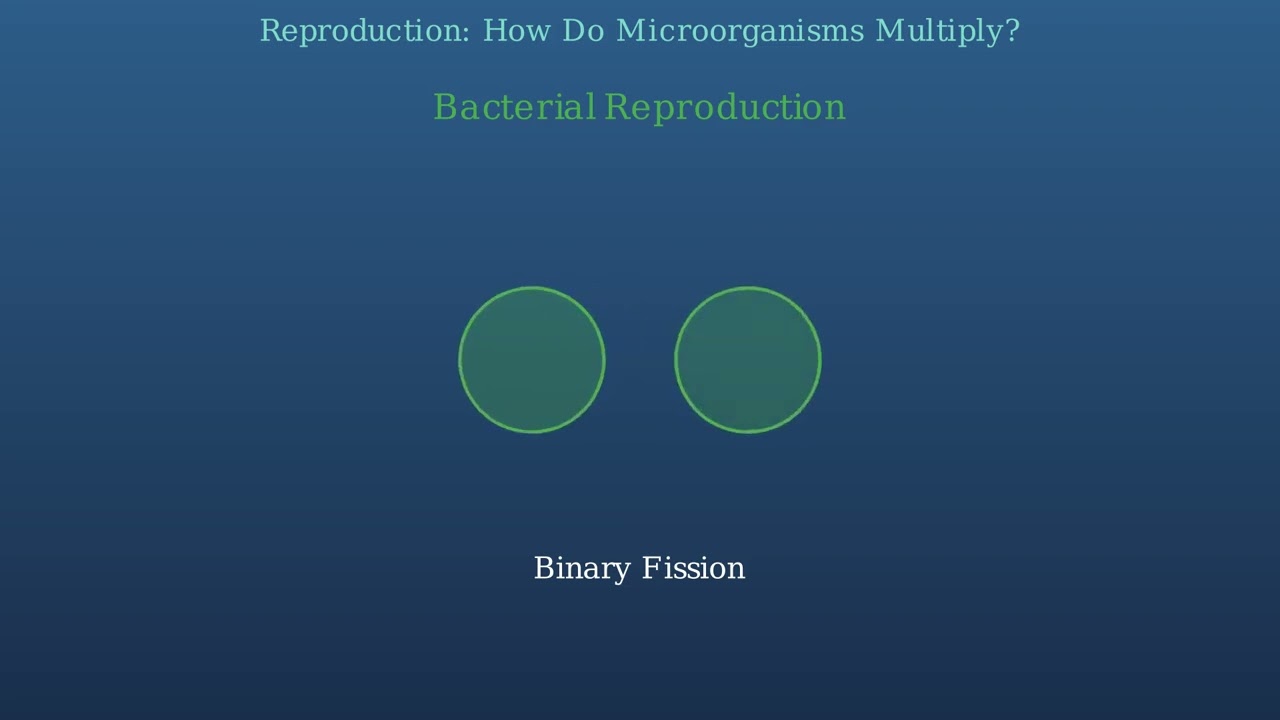
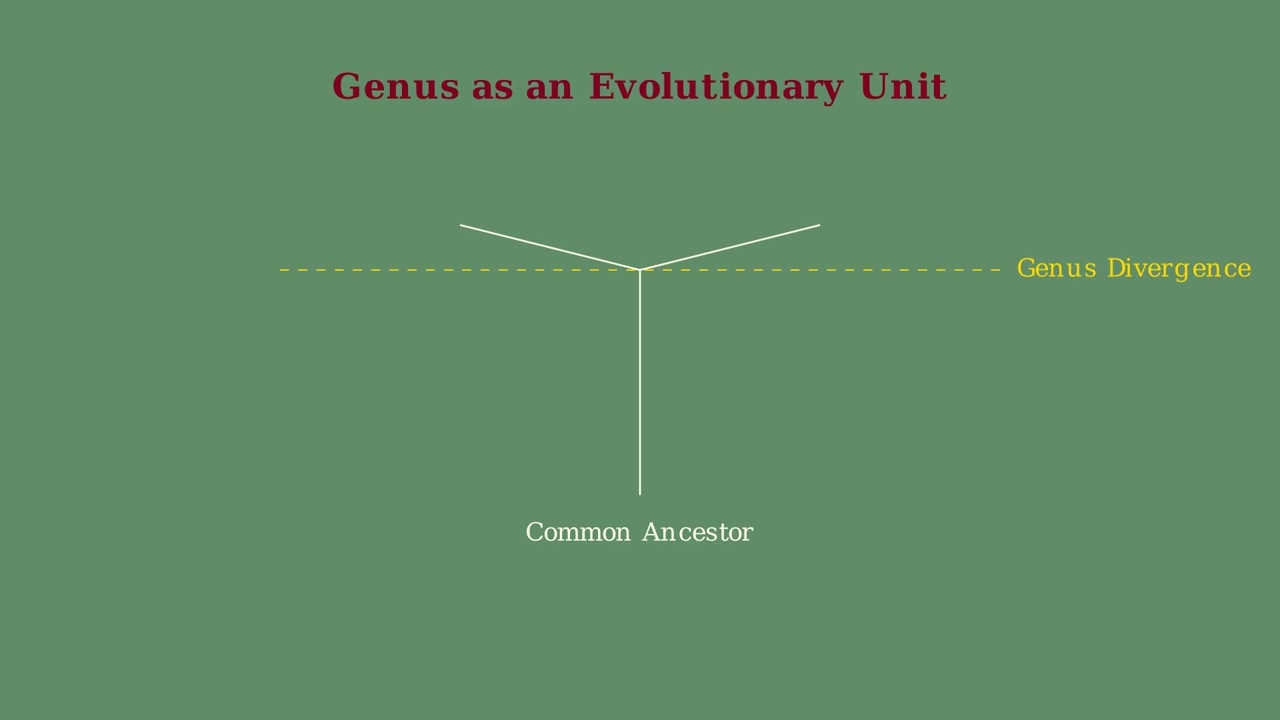
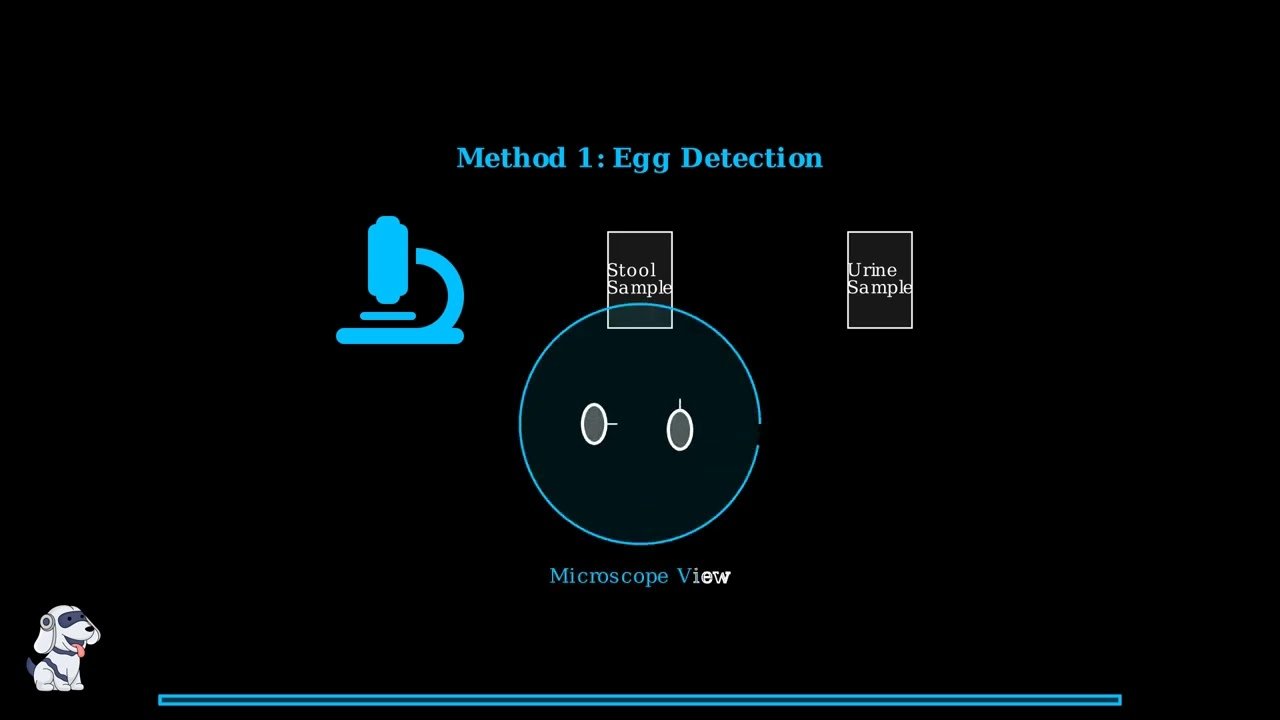


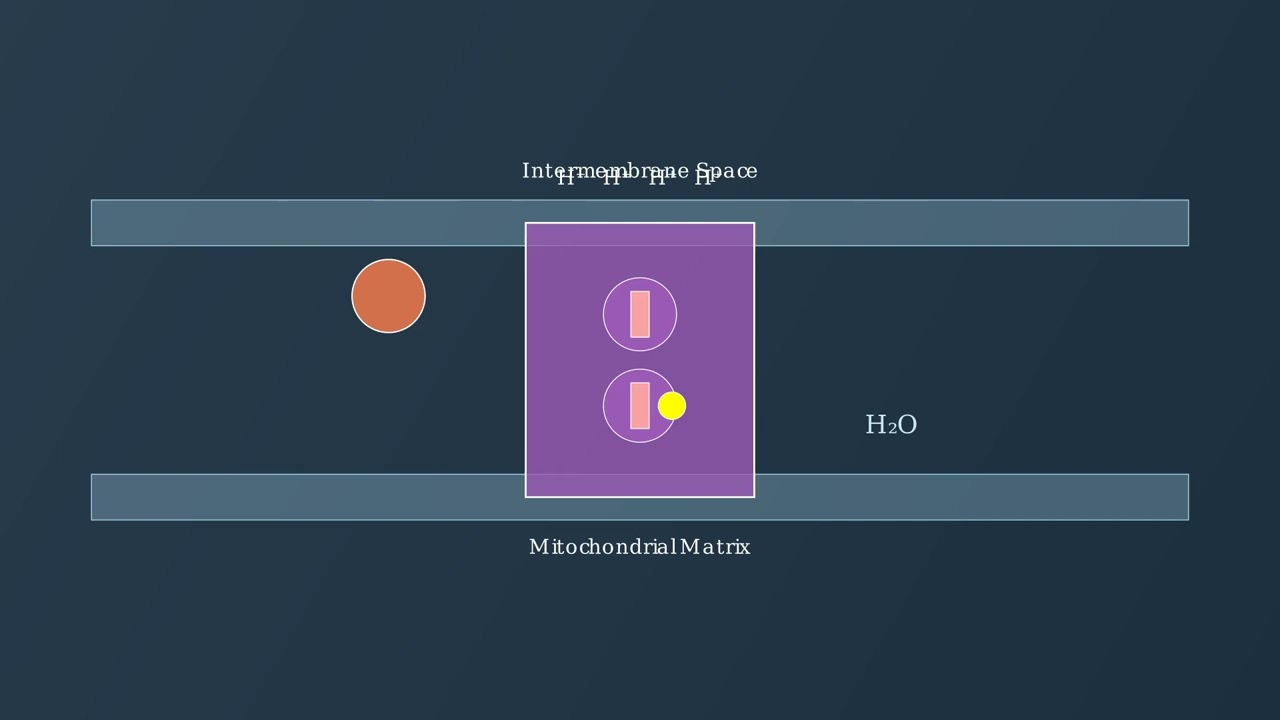
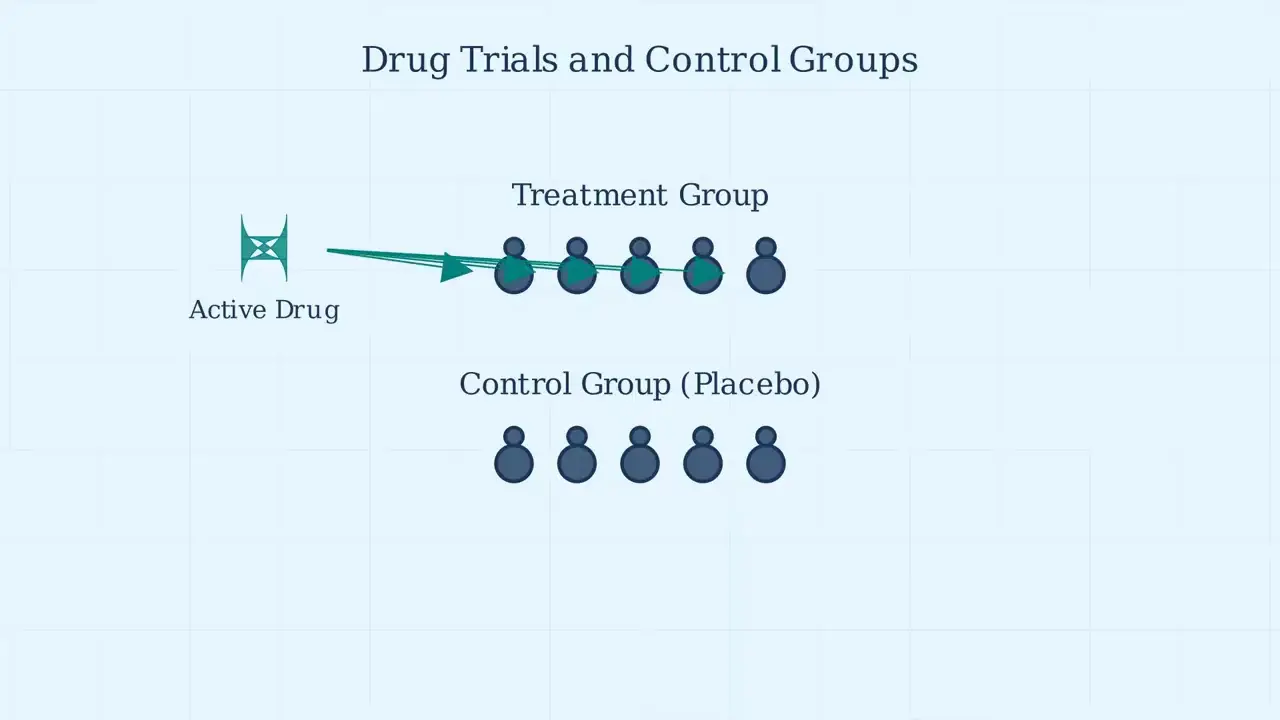
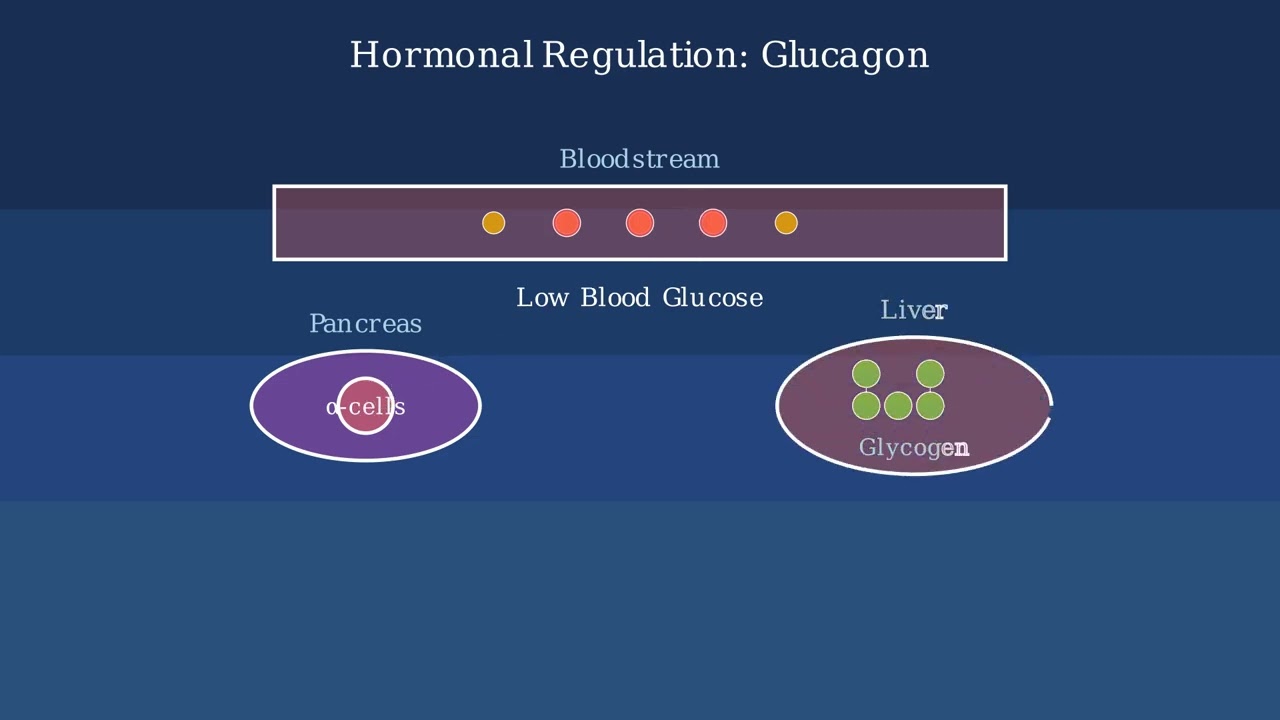
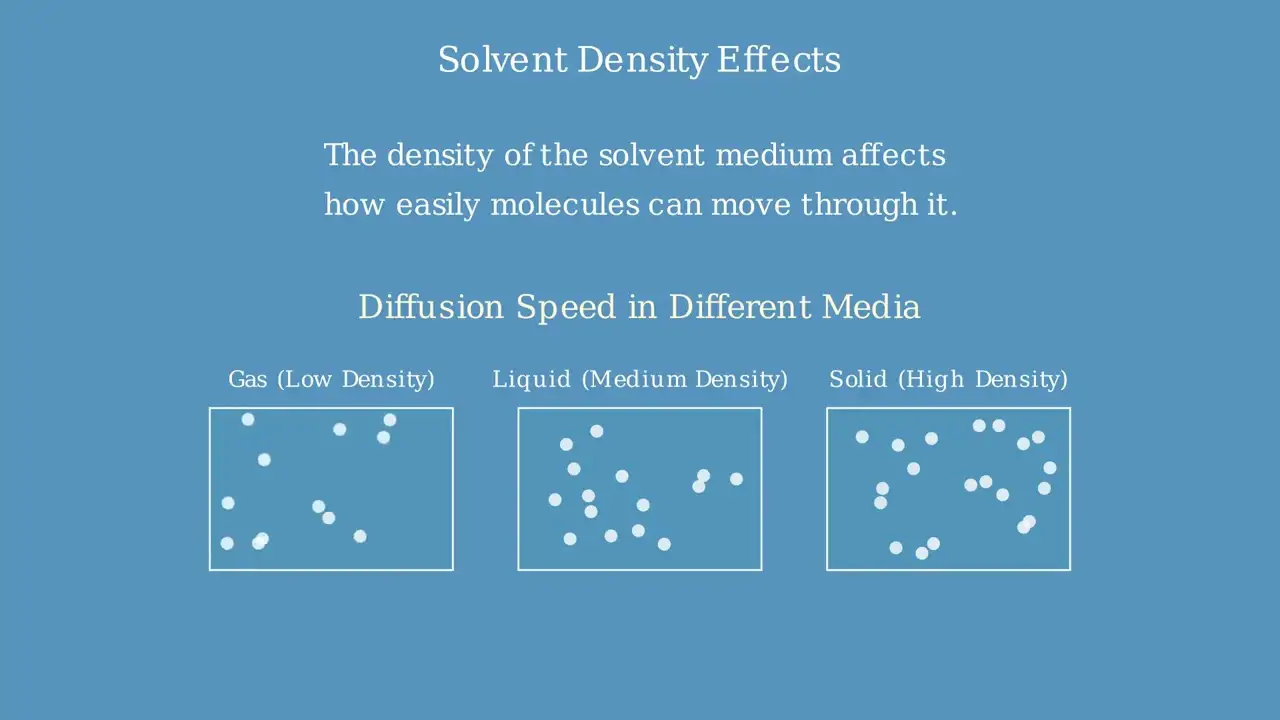
- Text Highlighting: Select any text in the post content to highlight it
- Text Annotation: Select text and add comments with annotations
- Comment Management: Edit or delete your own comments
- Highlight Management: Remove your own highlights
How to use: Simply select any text in the post content above, and you'll see annotation options. Login here or create an account to get started.